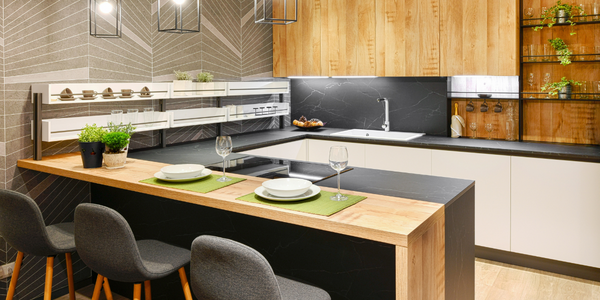GP Batteries Transforms Power Banks into Stylish Lifestyle Accessories with WGSN Insights
Customer Company Size
Large Corporate
Region
- Asia
Country
- Hong Kong
Product
- M-Series PowerBank
- M2 Series PowerBank
Tech Stack
- Self-generated
Implementation Scale
- Enterprise-wide Deployment
Impact Metrics
- Customer Satisfaction
- Brand Awareness
Technology Category
- Functional Applications - Product Lifecycle Management Systems (PLM)
Applicable Industries
- Consumer Goods
Applicable Functions
- Product Research & Development
Services
- Software Design & Engineering Services
About The Customer
GP Batteries, established in 1964, is a leading global supplier of portable power solutions, including rechargeable batteries, power banks, flashlights, and batteries for electric vehicles. The company has a strong reputation for innovation and quality, having grown from manufacturing 9-volt dry batteries in Hong Kong to becoming one of the largest suppliers in the world. GP Batteries is committed to understanding consumer demands and trends to create outstanding products that meet future needs. The company values insights into consumer behavior and lifestyle shifts to guide its product design and development processes.
The Challenge
GP Batteries recognized the need to innovate its product design to meet evolving consumer demands. The challenge was to transform the perception of power banks from being merely utilitarian to stylish lifestyle accessories. The company understood that the design process should not be arbitrary but should consider consumer lifestyle shifts and purchasing decisions. Power banks, while necessary for digitally connected consumers, were often seen as boxy and utilitarian. GP aimed to redesign its flagship product, the M-Series, to focus on style without compromising functionality.
The Solution
To address the challenge, GP Batteries collaborated with WGSN to gain insights into consumer behavior and future trends. WGSN's reports, including the Future Consumer white paper, provided valuable insights into consumer behavior shifts over the next two years. This information helped GP understand the broader market context and how these shifts would impact the portable power bank sector. GP's design team also utilized WGSN's color reports to track trends and incorporate them into product design, packaging, and marketing materials. The result was the M2 Series PowerBank, which combined power with fashion, featuring a minimalist design with rounded edges and a variety of on-trend colors.
Operational Impact

Case Study missing?
Start adding your own!
Register with your work email and create a new case study profile for your business.
Related Case Studies.
.png)
Case Study
Improving Vending Machine Profitability with the Internet of Things (IoT)
The vending industry is undergoing a sea change, taking advantage of new technologies to go beyond just delivering snacks to creating a new retail location. Intelligent vending machines can be found in many public locations as well as company facilities, selling different types of goods and services, including even computer accessories, gold bars, tickets, and office supplies. With increasing sophistication, they may also provide time- and location-based data pertaining to sales, inventory, and customer preferences. But at the end of the day, vending machine operators know greater profitability is driven by higher sales and lower operating costs.

Case Study
Series Production with Lot-size-1 Flexibility
Nobilia manufactures customized fitted kitchens with a lot size of 1. They require maximum transparency of tracking design data and individual processing steps so that they can locate a particular piece of kitchen furniture in the sequence of processes.

Case Study
American Eagle Achieves LEED with GE LED Lighting Fixtures
American Eagle Outfitters (AEO) was in the process of building a new distribution center. The AEO facility management team decided to look at alternate options for lighting layout that could provide energy and maintenance savings. AEO would need a full-time maintenance employee just to replace burned-out fluorescent tubes.

Case Study
Revolutionizing Rodent Control
From pet- and child-safe traps, to touch-free and live-catch rodent control solutions, Victor continues to stay committed to producing superior products that meet the varying needs of today’s pest control professionals. And, with a long standing history supporting customers in the food processing, service, and retail settings, Victor knew that strict regulations were costing organizations thousands of dollars in excess overhead trying to manage their rodent-control solutions. Trap inspections in these environments are often difficult and time consuming, requiring personnel to manually check a trap’s status multiple times per day, amounting to over six hours of manual labor. Victor is looking for an innovative way to increase operational efficiencies with the use of technology.








